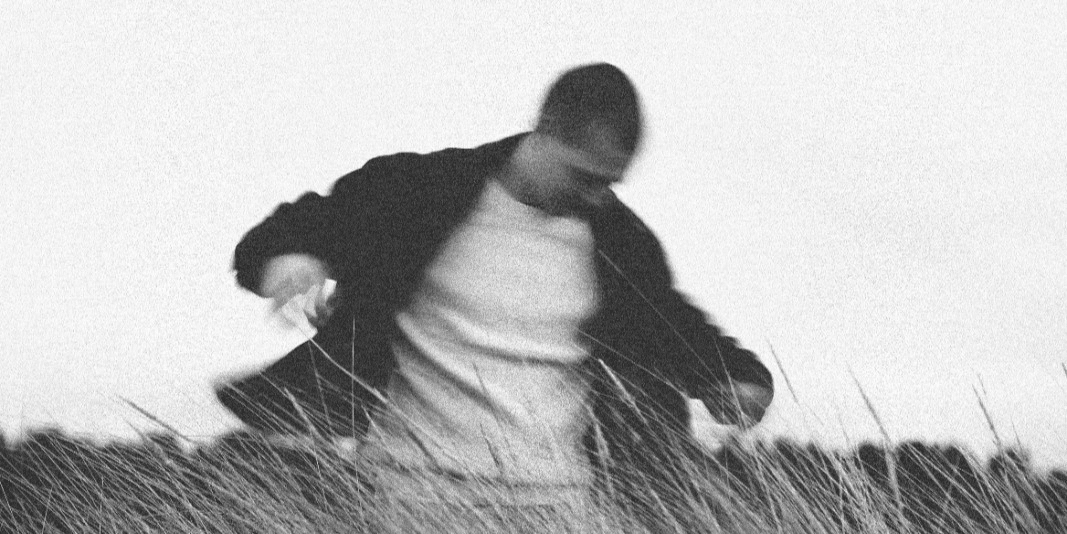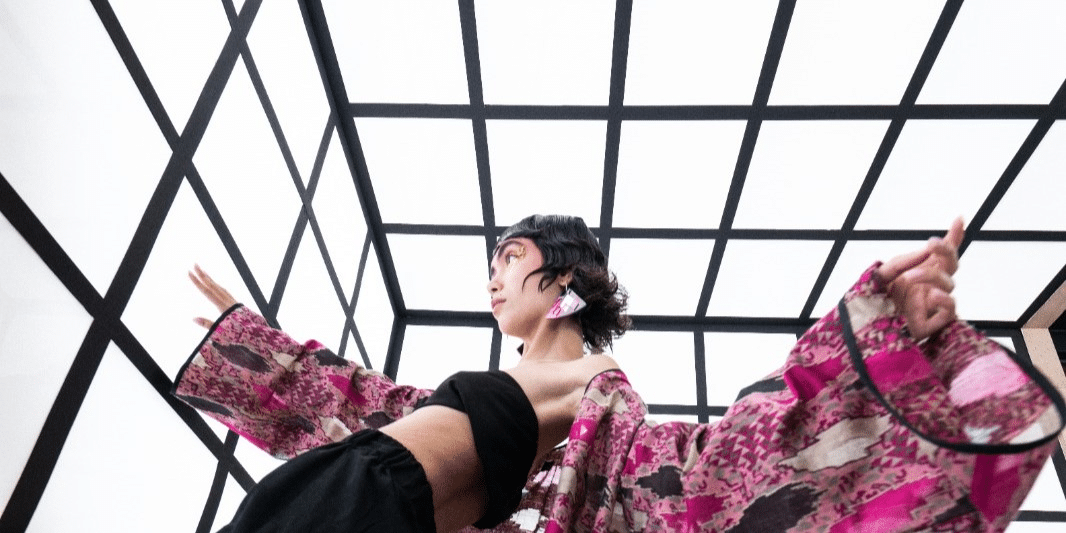Elle Fanning Takes Broadway by Storm with Appropriate Debut
Embracing the Spotlight in “Appropriate” with Unwavering Sisterly Bond
Elle Fanning, the 25-year-old luminary, has not only graced but conquered the illustrious Broadway stage in the highly anticipated play “Appropriate,” marking a pivotal moment in her already illustrious career. Notably, her elder sister, Dakota Fanning, 29, stood proudly by her side, radiating sisterly pride and support at the opening night celebration held at The Yard House Times Square in the heart of New York City.
Elle Fanning’s Broadway Premiere Celebration: A Symphony of Joy
The inseparable siblings, Elle and Dakota, painted the night with joy as they posed together, sharing genuine smiles and infectious laughter during the festivities. Dakota, herself a seasoned actress, displayed unwavering support for Elle’s extraordinary achievement in the theatrical world.
Appropriate: A Captivating Tale Unfolds on Broadway
In an exclusive and heartfelt interview with W Magazine, Elle expressed her immediate and profound connection to the play’s narrative. Describing the script as not only “undeniably good” but also as “one of the best things I’d ever read,” she eagerly embraced the opportunity to bring the intricate and compelling story to life on the illustrious Broadway stage.
Embracing the Broadway Spotlight: Elle’s Moment of Triumph
Elle, reflecting on her Broadway debut, humbly shared her sentiments on the surreal experience of acting in front of a live and captivated audience. She openly discussed her initial realization during the first preview on Nov. 29, admitting, “Oh my God, there are people out there.” Despite the inherent pressure, Elle motivated herself, recalling, “You know this. You can do this. Have fun.”
The Plot Unveiled: Elle Fanning’s Stellar Performance in Appropriate
“Appropriate” unfolds a poignant tale around three siblings who return to their familial roots in Arkansas following the demise of their father, unraveling unexpected and transformative revelations. Elle, portraying the character of River, a spiritually inclined woman engaged to the youngest Lafayette sibling, plays a pivotal and emotionally charged role in encouraging familial reconciliation, as eloquently detailed by W Magazine.
Navigating the Challenges of Live Performance: Elle’s Artistic Odyssey
Elle, with eloquence, reflected on the distinctive challenges of performing live on the grand Broadway stage. She artfully contrasted this experience with the filmmaking process, emphasizing the luxury of rectifying mistakes the very next day in the dynamic realm of live theater, a privilege not afforded in the meticulous world of film production.
Star-Studded Cast of Appropriate: A Theatrical Ensemble of Distinction
Aside from Elle Fanning’s brilliant portrayal, “Appropriate” boasts a star-studded cast, featuring acclaimed actors such as the incomparable Sarah Paulson, the versatile Corey Stoll, the enchanting Natalie Gold, and the promising Alyssa Emily Marvin. Together, they seamlessly contribute depth and charisma to the already captivating tapestry of this theatrical masterpiece.
Sisterly Bond: Dakota and Elle Fanning’s Enduring Connection
Dakota Fanning, speaking candidly about her close and enduring relationship with Elle, emphasized their unique connection. Acknowledging their differences with grace, Dakota highlighted the profound and unbreakable bond they share, stating, “There’s no one I want to succeed more in this business than my sister, and I know she wants the same for me.”









